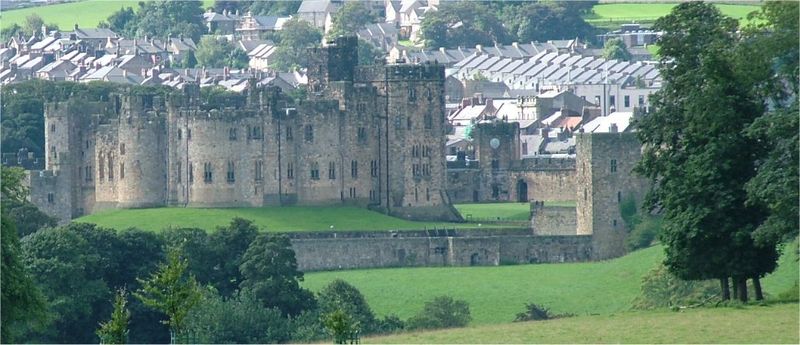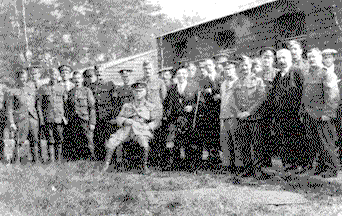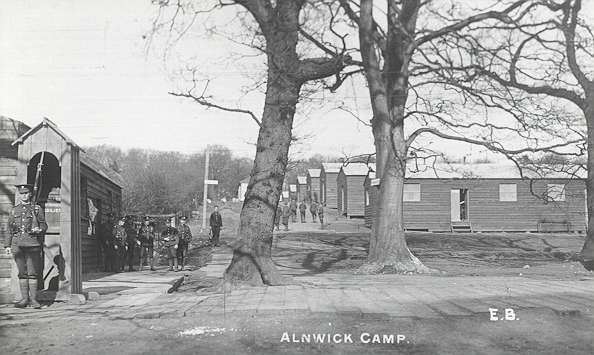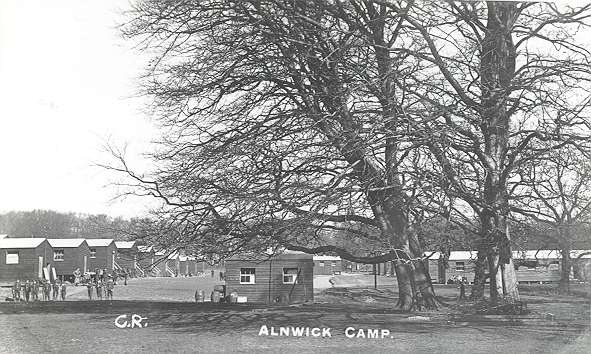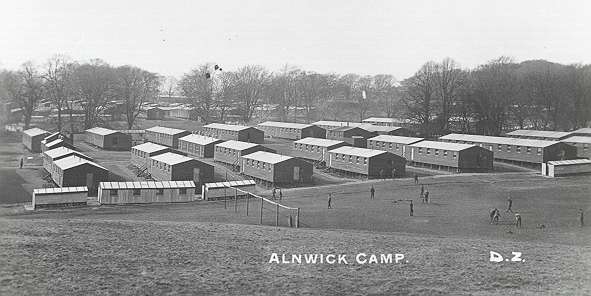Harry Lauder
Sir Harry Lauder was a famous Scottish entertainer.Born Henry Lauder at 4 Bridge Street Portobello, Edinburgh, (then the residence of his mother’s father) on the 4th August 1870. He was the eldest son of John Currie Lauder (1851-1882), who had been born in nearby Musselburgh, East Lothian, a descendant of the family of Lauder of Bass, and Isabella Urquhart MacLeod McLennan (1854 -1905) born in Arbroath but whose family had moved there from the Black Isle in Ross-shire.
Harry’s great-grandfather, George Lauder (1776-1824), had been the tenant farmer at Inverleith Mains (now the Royal Botanical Gardens) and a local landholder in nearby Stockbridge, Edinburgh. Amongst his numerous properties was the famous St.Bernard’s Well. This remained in the family until later that century. Harry’s grandfather, John Lauder (1818-1888), too had owned a large house at 4 Rose Street, Edinburgh, the site of which is now occupied by the rear of Jenners famous department store. After the sale of that house Harry's grandfather moved to Portobello where he bought a villa in Ramsay lane, and where his father was living when he met and married Harry's mother.
In 1882 Harry’s father, also John Lauder, moved to Newbold in Derbyshire to a new employment designing chinawear. After being there only a short time he contracted pneumonia and died aged only 32. He was buried in the Newbold Churchyard and his widow removed back to her brother's home at Arbroath with her family. (There were eight children, one of whom was born posthumously). Most children were then leaving the State sector schools at 12 to take up employment, but Harry's mother was determined that his schooling should continue. So in order to qualify to attend the school at the nearby flax mill, Harry took a part-time job there until he was 16.
On 19th June 1891 Harry, as he became known, married Ann (Nance), eldest daughter of James Vallance (1855-1936) a Colliery Manager at Hamilton, Lanarkshire, and Mary Kerr (1856-1937). Harry’s brother Matt was Best Man. The following year Matt married Ann’s sister Catherine Vallance, and Harry was his Best Man! (James Vallance’s father had been killed in the Crimean War).
There can be no doubt whatever of Harry Lauder’s tremedous popularity as an entertainer, music-hall and vaudeville artist. He toured the world for forty years including 22 times to the U.S.A., and several times to Australia where he often stayed with his brother John, who had emigrated there. Harry and his wife and son were in Melbourne, Victoria, when the British Empire mobilised for World War One. Sir Winston Churchill referred to Harry as “Scotland’s greatest ever ambassador”. Harry was the first British entertainer to sell a million records and was a favourite of King Edward VII and an intimate friend of the famous tea magnate Sir Thomas Lipton, amongst others.
A robust patriot, Harry raised huge sums of money for war charities during the Great War (1914-1918)- The Harry Lauder Million Pound Fund - and entertained troops in the trenches in France, where he came under enemy fire. He was subsequently knighted in January 1919 by King George V. He again entertained troops, and broadcast over the wireless with the BBC Scottish Symphony Orchestra during World War II, despite his advanced years. Even towards the end of that conflict and just afterwards Sir Harry appeared at the docks when American food ships came into Glasgow to publicly thank the crews for coming to Britain’s assistance in her hour of need.
Sir Harry wrote most of his own songs, favourites of which were "Roamin in the Gloamin’ ", "I Love a Lassie", "A Wee Deoch-an-Doris", and "Keep Right on to the End of the Road", and starred in three British films: Huntingtower (1928), Auld Lang Syne (1929) and The End of the Road (1936).
He also wrote a number of books which ran into several editions, including Harry Lauder at Home and on Tour (1912), A Minstrel in France (1918), Roamin’ in the Gloamin’ (1927) autobiography), My Best Scotch Stories (1929), Wee Drappies (1931) and Ticklin’ Talks (c. 1932). Sir Harry mentions his descent from the Lauders of Lauder and Bass in his autobiography.
Sir Harry’s only child, John (b.1891) had attended the City of London School and Jesus College, Cambridge University, and was destined for a career in law. However, he was called up and Captain John Lauder of the 8th Argyll and Sutherland Highland Regiment, was eventually killed at Poiziers in France on December 28, 1916 and was buried the following month in the Albert Road Cemetery at Orvilliers, France. He was unmarried.
A monument was erected by his father in the tiny family graveyard on his Highland estate, Glenbranter in Argyll. Young John’s mother and her parents are buried next to his memorial.
Sir Harry’s wife Anne also sadly died on July 31, 1927, a terrible blow to the great man. His youngest brother, Alexander, had a daughter, Margaret [Greta] (1900-1966), who was fond of Sir Harry and she moved in to keep an eye on him at his beautiful mansion of Laudervale outside Dunoon. She was to become his almost inseparable companion. Sir Harry later spent his twilight years at his Strathaven, Lanarkshire, mansion, Lauder Ha' or Hall.
Sir Harry Lauder died there on the February 26, 1950. At his funeral service the Lesson was read by the Duke of Hamilton, and all shops and businesses in Hamilton closed for the day. Sir Harry was unexpectedly interred not with his wife at Glenbranter, but with his mother, and brother George, in Bent Cemetery, Hamilton, after that town’s most memorable funeral ever. It was covered by Pathe News and wreaths were received from all over the world, including one from Queen Elizabeth (today’s Queen Mother) and another from Mr & Mrs Winston Churchill.
The family held on to Lauder Hall until the late 1960s when crippling Death Duties of 65% forced its sale, a tragic loss.
For further reading see the various books by Sir Harry Lauder, plus "Great Scot!" by Gordon Irving (1968,U.K.), and "Harry Lauder in the Limelight" by William Wallace (1988,U.K.) which has a foreword by Sir Harry's great-nephew, Gregory Lauder-Frost, who frequently appears as the family representative at functions. On the 4th August 2001, he formally opened the new Sir Harry Lauder Memorial Garden at Portobello Town Hall.
